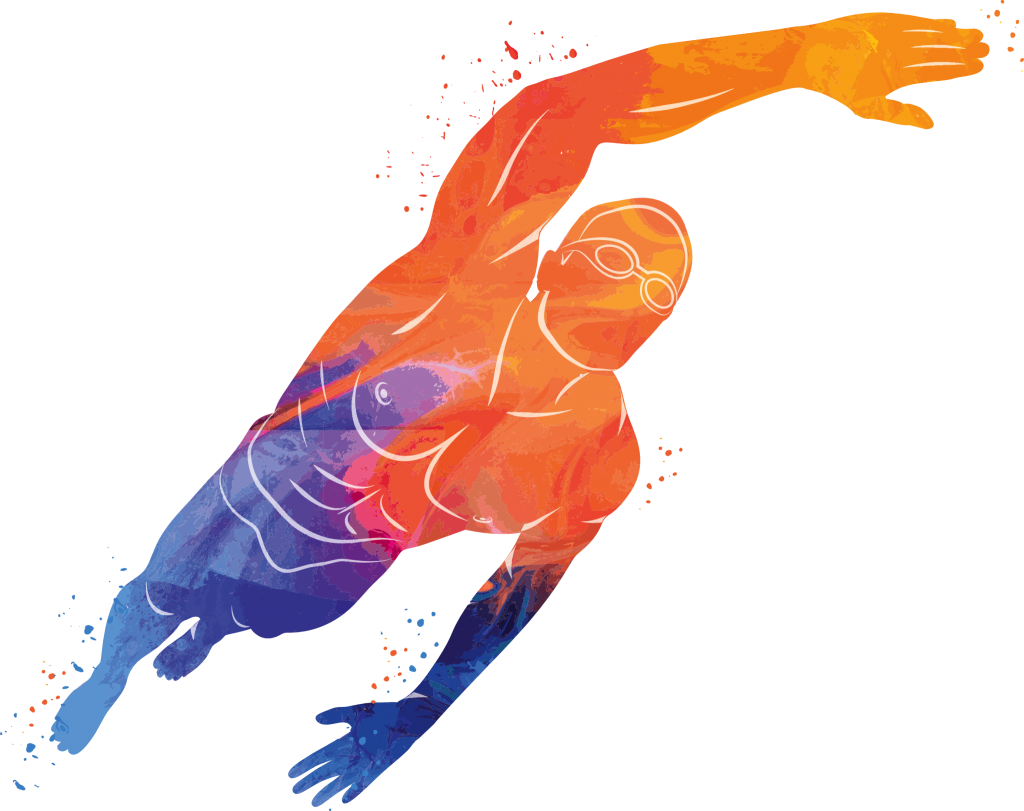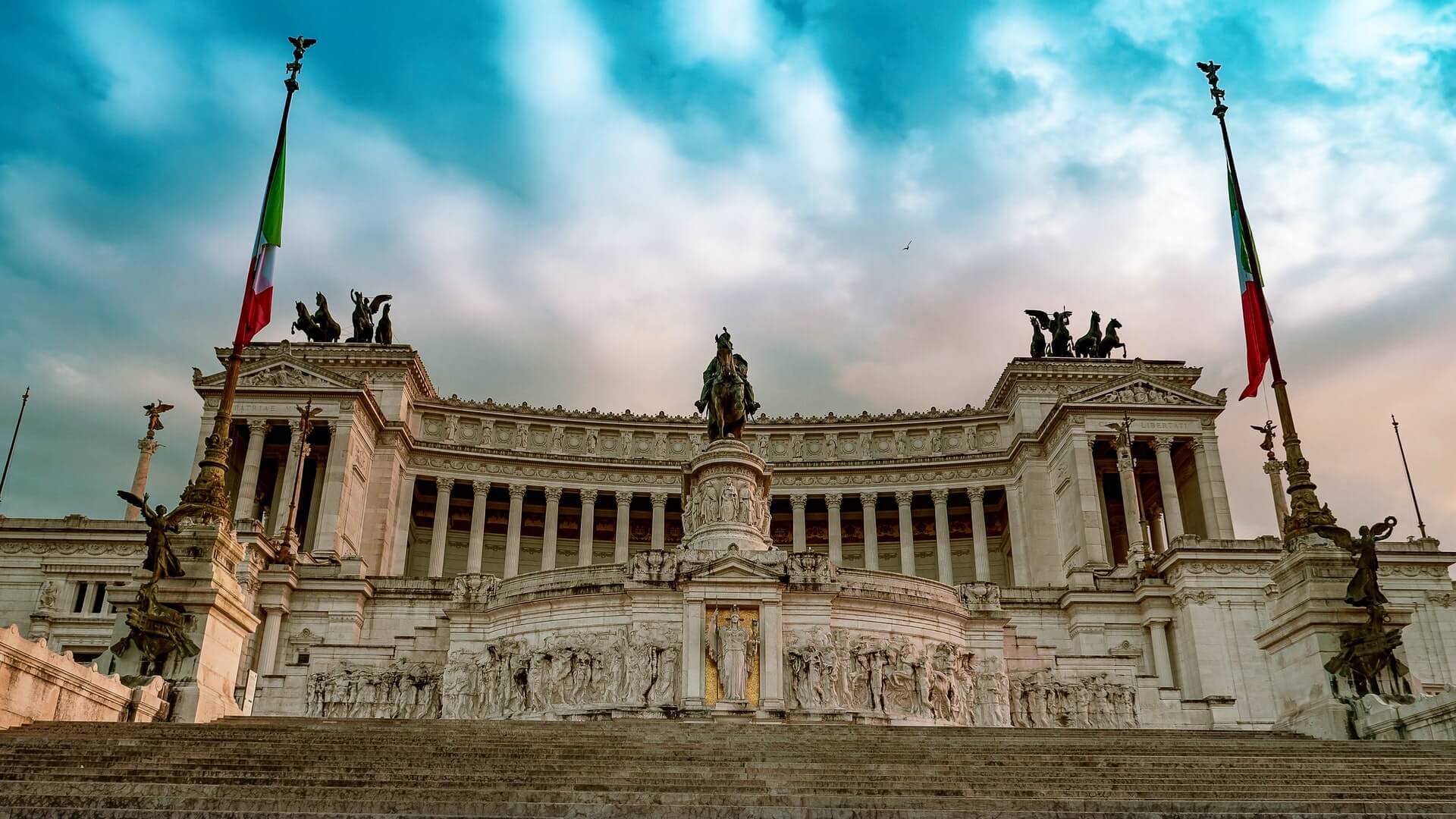
My Roma
Rome will welcome the best athletes of European Aquatics in 2022 in swimming, diving, artistic swimming, open water swimming, and high diving. This European Championship will involve not only the city of Rome but also the Lazio region and the entire nation.
Rome will be ready to welcome all participants and spectators of the European Aquatic Championships and make them fall in love with the city, the region, and the country. Rome is the state capital of the Lazio Region and the capital of the Italian Republic.
Of the approximately 5,700,000 inhabitants, more than 3,000,000 live in the city of Rome; the rest reside in 374 municipalities, mostly in the hills.
Rome is the city with the highest concentration of architectural riches in the world and is the only city in the world within which stands a state, namely the Vatican City, the residence of the Pope and the heart of Catholic Christianity. Therefore it is also identified as the capital of two States.
GET AROUND THE CITY
The best way to get around the city is on foot because many of the best attractions are clustered together in traffic-free zones.
By the way, is it possible to rent bikes, electric motorcycles, motorcycles, and cars easily downloading some apps and renting directly through them, payment usage based.
Another way is by using public transports: tram, metro, and buses easily connect one place of the city to the other. There are 3 underground lines A-B-C, and the ticket is the same as per the buses. Different pass options can be chosen, single route, daily pass, 10 routes, etc. Taxi service is always available.

Rome is the city with the highest concentration of historical and architectural riches in the world. Its historical centre, outlined by the enclosing Aurelian Walls, layering nearly three thousand years of antiquity, is an invaluable testimony to the European western world’s cultural, artistic, and historical legacy and in 1980, together with the Holy See’s property beyond the confines of the Vatican State as well as the Basilica of St. Paul outside the Walls, it was added to UNESCO’s World Heritage List.
Over 16% of the world’s cultural treasures are located in Rome (70% in all of Italy). It is said that a city can also be described through its panorama, colours, perfumes, objects, or even an idea. It is precisely those nuances, intangible and temporary, that sometimes turn into unforgettable memories. Over the centuries, the magic of Rome has been masterly told by poets and writers and wonderfully depicted in the works of great artists.
Eternal and mysterious, the Capital envelops those who arrive in a pleasant “sickness of Rome” that does not abandon. It is no coincidence that millions of tourists hurry to throw a coin into the Trevi Fountain with the hope of returning to visit it: because in Rome, remembering Goethe’s words, everything is as we imagined it, and everything is new.
Legend has it that the birth of Rome is due to Romulus and Remus, the twin sons of Rhea Silvia and the god Mars, abandoned and nursed by a She-wolf and finally adopted by the shepherd Faustolo and Acca Larentia, his wife. Once they grew up, the twins decided to find a city: to determine who should govern, they entrusted themselves to the will of the gods through the flight of augural birds.
From the Aventine Hill, Remus saw six vultures, while Romulus, from the Palatine, sighted twelve, becoming the first King of Rome in 753 BC. From the Palatine Hill, the city would extend over the seven hills we all know: Palatine, Aventine, Campidoglio, Quirinale, Viminale, Esquilino and Celio.

NOT ONLY “CAPUT MUNDI” BUT ALSO “CAPUT SPORT”
The city of Rome attracts over 20 million visitors every year, thanks to its artistic, historical and cultural heritage.
It is considered one of the most interesting tourist destinations, thanks also to the constant increase in international sporting events taking place every year, like the Marathon that crosses the Fori Imperiali, the Sette Colli swimming trophy (now at its 58th edition) and the International tennis championships in the Park of the Foro Italico, the Piazza di Siena horse show in Villa Borghese, the Six Nations Rugby Championship, the Golden Gala athletics event at the Olympic Stadium, the UEFA European Football Championships in “Stadio Olimpico”, and, last but not least, the stage of the FormulaE circuit taking place in the monumental EUR district of Rome.
THE CAPITAL OF AQUATICS
Rome’s deep sporting roots are inextricably linked to the Games of the XVII Olympiad in 1960, which produced the outstanding story of the Italian national water polo team, also known by the nickname of Settebello, as well as that of Livio Berruti, Dawn Fraser, Cassius Clay, and Abebe Bikila.
Swimming, which first began to develop in Rome during the imperial age, saw three grand meets of enormous international importance: the 1983 European Championships (20-27 August) with Giovanni Franceschi’s double victory in the 200 and 400 m medley event; the 1994 World Championships (1-11 September) with the success of the Settebello team, while those of 2009 (17 July-2 August) are well-known for the victories of Federica Pellegrini in the 200 m and 400 m freestyle events, Alessia Filippi in the 1500 m freestyle event and Valerio Cleri in the 25 km race in the sea of Ostia, and also for the continuous inheritance of the facilities left to the citizens.